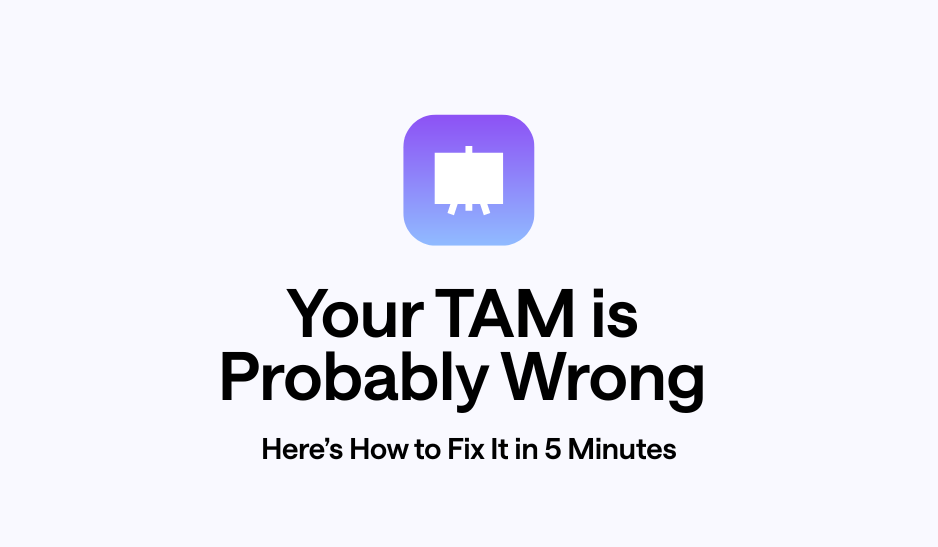Build It and They Will Come is a Lie. Here's the Real Plan.
You’ve spent months architecting a brilliant product. You launch. And then… nothing.
The frustration is immense.
This isn’t a personal failing; it’s a strategic one. The common "if you build it, they will come" approach is a myth that burns through cash and morale with shocking efficiency.
Let's debug the flawed growth algorithm many founders run and replace it with a strategic framework that actually works.
The Default Algorithm for Failure
For many builders, the go-to-market plan looks something like this:
-
Finish the product.
-
Launch a basic landing page.
-
Create a few social media accounts.
-
Maybe run some generic ads targeting a broad demographic.
-
Wait for users to discover the product's inherent genius.
This isn’t a strategy; it’s a gamble. It assumes your product’s value is so self-evident that it requires no translation for the market.
Why This Approach Fails:
-
Your Signal is Lost in the Noise: Simply existing online doesn't guarantee discovery. Without a targeted distribution strategy, your product is invisible in a saturated market.
-
You're Burning Capital on Assumptions: Generic advertising that isn’t rooted in deep customer understanding is like firing a firehose into the ocean. It’s expensive, untargeted, and the ROI is dismal.
-
You Can't Articulate Your Value: Without a clear understanding of your ideal customer pain points, your messaging will be generic. You'll end up describing what your product does instead of what it solves for the person who needs it most.
A Better Way: Engineer Your Go-to-Market Strategy
To attract customers, you need to apply the same logical, systematic thinking you use for coding to your marketing. Stop guessing and start building a data-driven strategy.
1. Define Your User, Not Just a Vague Target
Broad demographics are useless. You need precise, data-backed personas that feel real. Who are these people? What are their deep-seated motivations, fears, and professional goals (psychographics)? Where do they spend their time online? Answering these questions allows you to craft messaging and targeting that speaks directly to them.
2. Quantify the Opportunity with Market Sizing
Before you spend a dollar, you need to understand the economic landscape. What is your Total Addressable Market (TAM), Serviceable Addressable Market (SAM), and Serviceable Obtainable Market (SOM)? Grounding your strategy in these numbers gives you—and potential investors—confidence that you’re chasing a worthwhile prize.
3. Craft a Narrative That Resonates
Once you know who you're talking to and the size of the opportunity, you can build a compelling brand narrative. This isn't fluff; it's the story that translates your product's features into a solution for your customer's specific problem. It’s the core content for your website, your ads, and your investor pitch deck.
4. Deploy, Analyze, and Iterate
With a clear strategy in place, your actions become precise. You can craft ad copy and targeting strategies designed to reach your specific personas. From there, you measure the impact, analyze the data, and refine your approach. This iterative process is how you turn marketing from a cost center into a predictable growth engine.
Stop Guessing. Start Strategizing.
The "build it and they will come" myth is a relic of a less crowded internet. Today, a brilliant product is only half the equation. Success demands an equally brilliant go-to-market strategy.
By grounding your efforts in real-world data and deep customer insights, you empower your business to connect meaningfully with the people who need your solution most. It's time to stop treating marketing as an afterthought and start engineering it with the same precision you brought to your product.
Turn your website URL into a complete, data-driven go-to-market strategy. Cambium AI provides the personas, market sizing, and brand narrative you need to find your first—and next—1,000 customers.


.png)